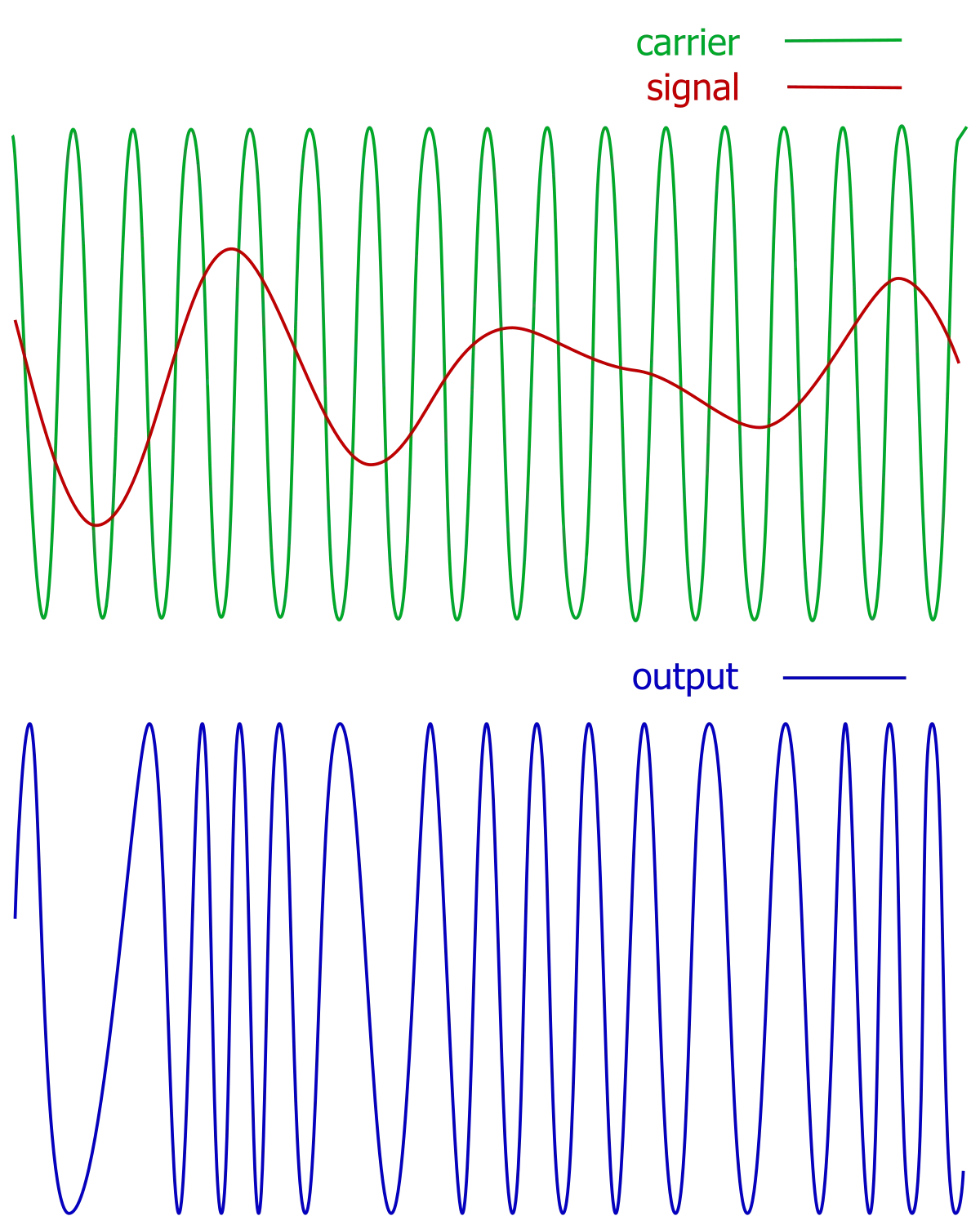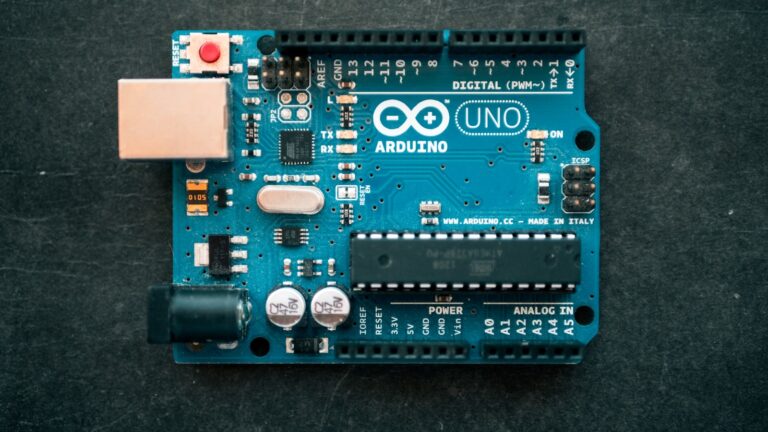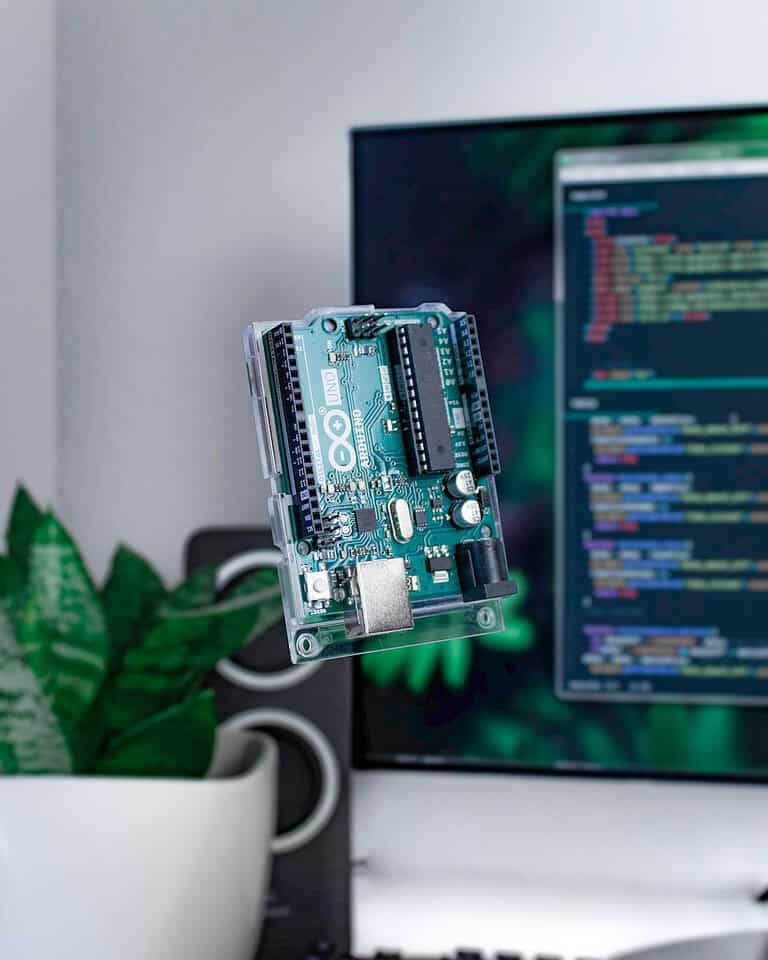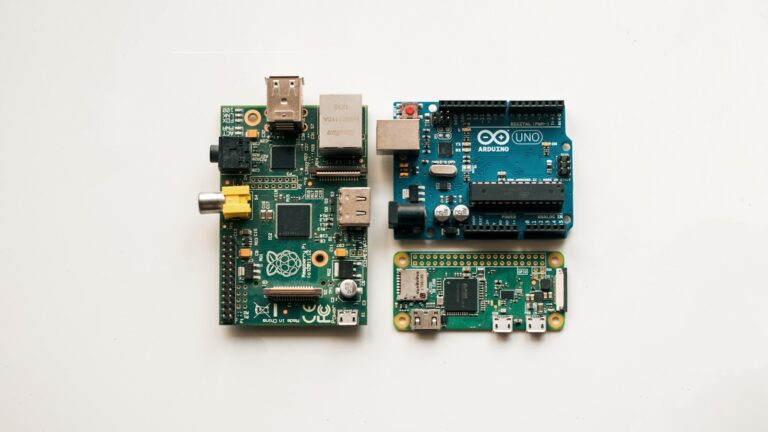
Frequency modulation, commonly known as FM, is a method of encoding information in a carrier wave by varying its frequency. This technique is widely used in radio broadcasting, telecommunications, and various forms of signal processing. Unlike amplitude modulation, which varies the amplitude of the carrier, FM changes the frequency, making it less susceptible to noise and static.
FM operates by altering the instantaneous frequency of the carrier wave in direct proportion to the amplitude of the input signal. This process helps in transmitting high-fidelity sound, which is why it is preferred for music and high-quality audio broadcasts. The technology also finds applications in two-way radios, radar, and in the control of remote devices.
Understanding how FM works involves basic equations and principles that guide the modulation and demodulation processes. The widespread use of FM in radio, satellite, and microwave communication underscores its importance. If you’re curious about the technical details or applications of FM, exploring its advantages can provide valuable insight into why it remains a key technology in modern communication.
Image Credit: Frequency-modulation.png: User:Gvfderivative work: Gregors (talk) 13:10, 25 February 2011 (UTC), CC BY-SA 2.0 https://creativecommons.org/licenses/by-sa/2.0, via Wikimedia Commons
Frequency Modulation in Today’s World
Frequency modulation (FM) is a method of encoding information on a carrier wave by changing the instantaneous frequency of the wave. This technique has been fundamental in radio broadcasting and other communication systems for many decades.
How FM Works
In FM, the frequency of the carrier wave deviates in proportion to the amplitude of the modulating signal. This deviation is known as frequency deviation. The rate at which the carrier frequency changes is called the modulation frequency. FM offers several advantages over amplitude modulation (AM), including improved signal-to-noise ratio and better immunity to certain types of interference.
Advantages of FM
FM boasts a number of benefits that make it a preferred choice in various applications:
- Improved Signal-to-Noise Ratio (SNR): FM signals have a higher SNR compared to AM, resulting in clearer audio and video transmissions with less noise and distortion.
- Reduced Interference: FM signals are less susceptible to external interference from sources like electrical equipment and atmospheric conditions, ensuring more reliable communication.
- Wider Bandwidth: FM allows for a wider bandwidth, enabling the transmission of high-quality audio and complex data signals.
- Capture Effect: FM exhibits the capture effect, where the stronger of two signals on the same frequency will dominate, reducing the impact of weaker interfering signals.
Applications of FM
FM technology finds extensive use in various fields:
- Radio Broadcasting: FM is the primary modulation scheme for high-fidelity radio broadcasting, delivering superior audio quality compared to AM.
- Two-Way Radio Communication: FM is widely used in walkie-talkies, mobile radios, and other two-way communication systems due to its reliability and resilience to interference.
- Satellite Communication: FM is employed in satellite communication for transmitting television signals, radio programs, and data.
- Radar Systems: FM is utilized in some radar systems for target detection and tracking.
- Medical Imaging: FM techniques are used in magnetic resonance imaging (MRI) for generating detailed images of internal organs and tissues.
Advancements in FM
Recent advancements in FM technology have further expanded its capabilities and applications:
- Digital FM: Digital FM combines the benefits of FM with digital signal processing, offering improved audio quality, data transmission capabilities, and spectral efficiency.
- Adaptive FM: Adaptive FM adjusts its parameters dynamically based on channel conditions, optimizing the transmission for varying signal strengths and interference levels.
- Wideband FM: Wideband FM uses a larger frequency deviation, enabling the transmission of high-quality audio and video with greater detail and fidelity.
- Software-Defined Radio (SDR): SDR platforms allow for flexible implementation of FM and other modulation schemes, facilitating experimentation and customization for specific applications.
Comparison of AM and FM
| Feature | AM (Amplitude Modulation) | FM (Frequency Modulation) |
|---|---|---|
| Signal-to-Noise Ratio (SNR) | Lower | Higher |
| Immunity to Interference | Lower | Higher |
| Bandwidth | Narrower | Wider |
| Audio Quality | Lower | Higher |
| Applications | AM radio, aircraft communication | FM radio, two-way radio, satellite communication |
The Future of FM
Despite the rise of digital communication technologies, FM continues to play a vital role in modern communication systems. Its resilience, reliability, and superior audio quality make it a valuable tool for radio broadcasting, two-way communication, and other applications. With ongoing advancements in digital FM, adaptive FM, and wideband FM, the future of FM looks bright, promising even greater performance and versatility in the years to come.
Key Takeaways
- Frequency modulation varies the frequency of the carrier wave.
- FM is widely used for high-fidelity sound transmission.
- It is less susceptible to noise compared to amplitude modulation.
Fundamentals of Frequency Modulation
Frequency modulation (FM) involves changing the frequency of a carrier wave based on a modulating signal. FM is widely used in communication systems due to its efficiency and clarity.
Concepts and Principles
FM alters the frequency of a carrier wave to encode information. In FM, the instantaneous frequency of the carrier is varied in line with the amplitude of the baseband signal. This contrasts with amplitude modulation, which changes the wave’s amplitude. FM benefits include noise resistance and better sound quality for audio transmissions.
The basic equation for an FM signal is:
[
s(t) = A_c \cos\left(2\pi f_c t + 2\pi k_f \int_0^t m(\tau) d\tau \right)
]
Here, (A_c) is the carrier’s amplitude, (f_c) is the carrier frequency, and (m(\tau)) is the modulating signal.
Carrier and Modulating Signals
The carrier signal is a continuous wave with a set amplitude and frequency. It acts as the base signal that is altered during modulation. The modulating signal contains the information to be transmitted, whether it be audio, video, or data. By adjusting the carrier wave’s frequency using the modulating signal, translation of this information becomes possible.
In FM, the frequency deviation represents how much the carrier frequency shifts from its original state. This shift is proportional to the amplitude of the modulating signal.
Modulation Index and Deviation
The modulation index measures the extent of modulation in FM. It can be calculated as the ratio of frequency deviation to the modulating signal’s frequency. A higher modulation index means a larger deviation in the carrier frequency. This results in a broader bandwidth.
[
\beta = \frac{\Delta f}{f_m}
]
Here, ( \Delta f ) is the frequency deviation and ( f_m ) is the frequency of the modulating signal.
Greater frequency deviation improves signal clarity but requires more bandwidth. Hence, there is a balance between signal quality and bandwidth efficiency.
By understanding and applying these fundamentals, FM can be effectively utilized in various communication and broadcasting technologies.
Applications and Implementation
Frequency modulation (FM) plays a vital role in radio broadcasting and telecommunications, offering specific advantages like better sound quality and reduced interference compared to amplitude modulation (AM).
Broadcasting Technologies
FM radio is popular for broadcasting high-fidelity music and speech. This technology uses the very high frequency (VHF) band, making it less susceptible to electrical noise compared to AM radio. FM broadcasting stations offer clearer sound as the frequency modulated wave is less affected by electromagnetic interference. FM Radio is widely used for public radio, commercial music, and talk radio stations. FM signals travel in a line-of-sight manner, which means the signal’s reach depends on the height of the antenna and the presence of obstacles.
Telecommunications Systems
FM modulation is also key in various telecommunications systems. It is vital in two-way radio systems like police radios and aviation communication, providing clear and reliable signals. For mobile phones, FM modulation helps in analog signal processing, though digital methods are more common today. Phase-locked loops are used to synchronize the frequency of the transmitted signals, ensuring stable communication. FM’s ability to reduce noise makes it ideal for secure and clear communication in critical services like emergency response and aviation.
Differentiation from Amplitude Modulation
FM and AM differ in how they encode information. FM varies the frequency of the carrier signal, while AM varies its amplitude. FM offers better sound quality and lower noise because of its resilience to signal degradation. AM radio waves can travel longer distances than FM signals and are more affected by static and other disturbances. This is why AM is often used for talk radio where sound quality is less critical, and FM is preferred for music and high-fidelity broadcasts. The difference in how they handle electromagnetic interference is a key reason for their distinct uses in different applications.
Frequency modulation provides clear advantages in various communication systems from high-quality audio broadcasting to robust communication links in critical services. These strengths make FM a cornerstone technology in modern telecommunications and broadcasting.
Frequently Asked Questions
This section addresses common questions about frequency modulation. It covers mathematical representation, key advantages, components of a transmitter, differences from amplitude modulation, radio signal improvements, and waveform diagrams.
How is frequency modulation represented mathematically?
Frequency modulation can be described with a mathematical equation. The general form is:
[ s(t) = A_c \cos(2\pi f_c t + 2\pi k_f \int_0^t m(\tau) d\tau) ]
Here, ( A_c ) is the amplitude of the carrier signal. The carrier frequency is ( f_c ), and ( k_f ) is the frequency deviation constant. The function ( m(\tau) ) represents the modulating signal.
What are the key advantages of using frequency modulation over other modulation schemes?
Frequency modulation offers several advantages. First, it provides resistance to signal compression and noise. This ensures clearer sound quality, especially for music and voice transmissions. Additionally, FM signals have a larger bandwidth, making them suitable for high-fidelity broadcasts.
What are the principal components of a frequency modulation transmitter circuit?
A frequency modulation transmitter circuit primarily includes an oscillator for generating the carrier signal. There’s also a voltage-controlled oscillator (VCO) for modulating the carrier frequency according to the input signal. The mixer then combines these to produce the modulated output.
How do frequency modulation and amplitude modulation differ in terms of signal processing?
In frequency modulation, the information is encoded by varying the carrier wave’s frequency. In contrast, amplitude modulation (AM) changes the amplitude of the carrier wave. FM provides greater noise immunity, making it more suitable for broadcasting in noisy environments.
Can you explain the role of frequency modulation in improving radio signal quality?
Frequency modulation enhances radio signal quality by reducing the impact of amplitude noise. The method helps maintain the integrity of the broadcasted signal. This results in clearer audio reception, especially in areas with interference.
What is depicted in a typical frequency modulation waveform diagram?
A frequency modulation waveform diagram shows variations in frequency over time. Unlike amplitude modulation, where the signal’s amplitude changes, the FM wave shows frequency shifts corresponding to the instantaneous amplitude of the modulating signal. This visual representation helps in understanding how the signal encodes information. For more details, refer to this resource.




